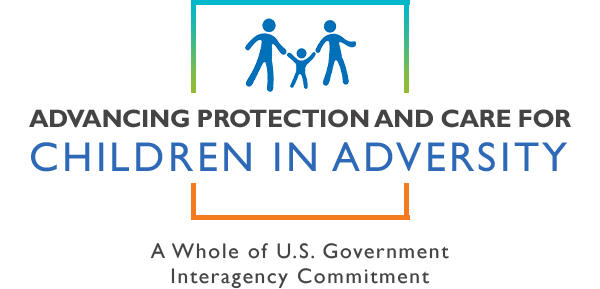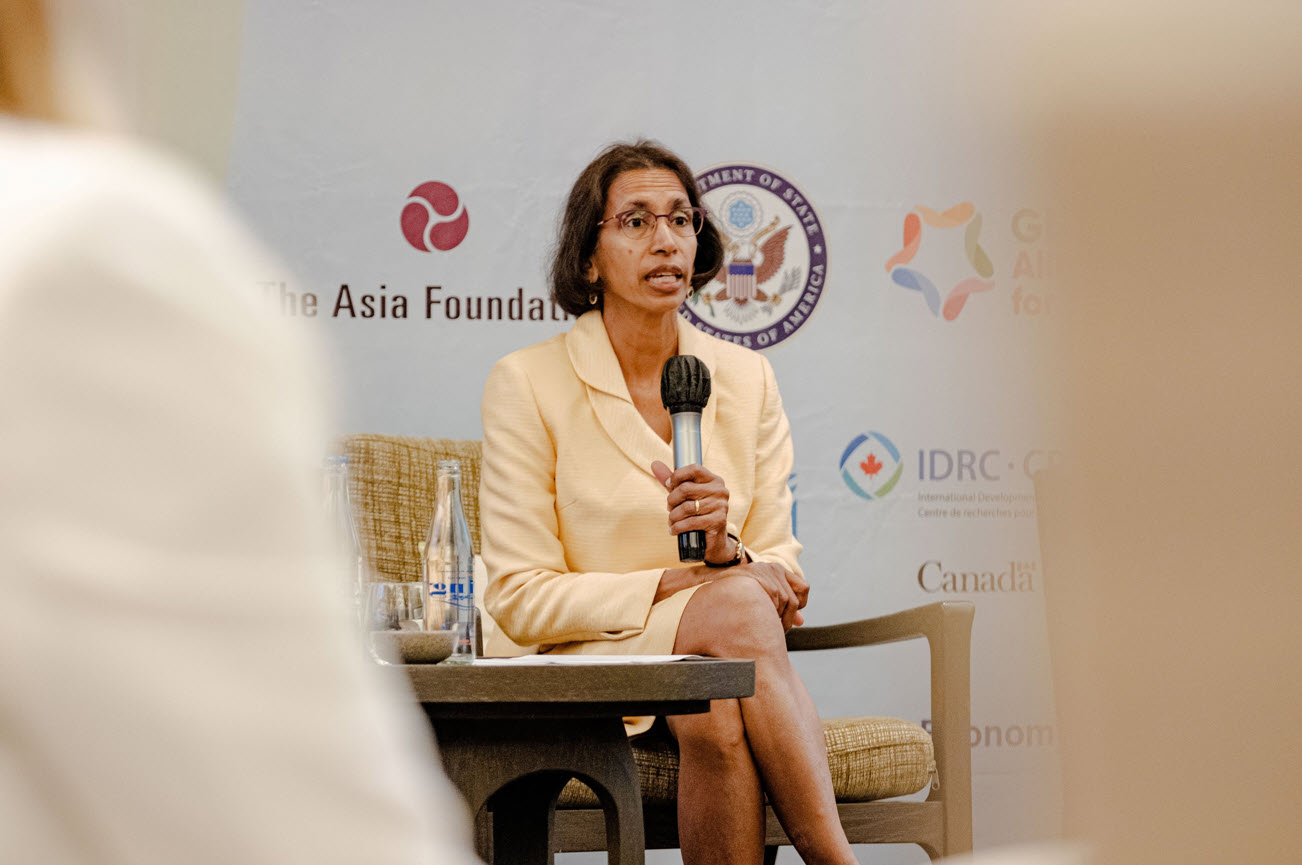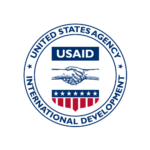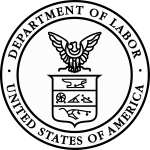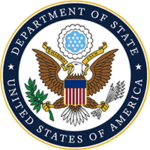Bali Care Economy Dialogue: USAID Inclusive Development Hub and Gender Equality and Women’s Empowerment Hub Deputy Assistant Administrator Bama Athreya Remarks as Delivered
Bali Care Economy Dialogue, Ubud, Bali, Indonesia
November 13, 2022

Credit: The Asia Foundation
Introduction
Deputy Assistant Administrator Bama Athreya: Thank you so much for providing the opportunity to speak here today. I’d like to start by thanking The Asia Foundation for hosting this important dialogue on the care economy, and to the many other partners who have made this event possible, including the Center for Global Development, UN Women, Oxfam Canada, the Global Alliance for Care, WeProsper, the International Development Research Center, and last but certainly not least my wonderful colleagues at the State Department’s Office of Global Women’s Affairs, without whose encouragement I would not be with you today! I have the honor of representing the U.S. Agency for International Development as a Deputy Assistant Administrator with responsibilities for our Gender Equality and our Inclusive Development Hubs and I was glad to be able to share some information on USAID investments in child care on yesterday’s panel. Today it’s my honor to represent the U.S. government’s commitments with respect to the important subject of this conference.
Our very presence here, on the margins of the G20 Leaders’ Summit, is a testament to care work’s integral role in global economic recovery and prosperity. Investing in care infrastructure and valuing care work must continue to be our global focus as we rebuild from the COVID-19 pandemic to create a more inclusive and resilient global economy. While we still may need to make the case for that with some policymakers, I’d like to start by assuring this audience of the U.S. government’s firm commitment to investing in care.
U.S. Government Priorities
As my colleague Kat Fotovat stated in her video remarks, it’s an unprecedented time of challenge and opportunity for the U.S. government, as it is for governments worldwide. Fortunately, we have strong commitment and strong leadership to advancing a fair care economy, starting at the very top with President Biden. In the United States, every year the President gives what is known as a State of the Union Address which is a statement of the President’s foremost priorities. In his 2022 State of the Union remarks, President Biden emphasized the need for every family to have access to affordable, quality care. He stated a commitment to creating affordable child care, and also to ensuring stronger U.S. investments in long term and home care–and emphasized how this strengthens our economy.
As you’ve heard, the U.S. government has also formalized this commitment through our first-ever National Strategy on Gender Equity and Equality. That document states clearly, “Responsibility for paid and unpaid care work creates barriers and fuels discrimination that holds women back in the workforce, making improvement of our domestic and global care infrastructure essential to advance women’s economic security and that of their families.”
Care infrastructure is also a priority pillar of our Partnership for Global Infrastructure and Investment, which aims to boost global economic recovery by ensuring women’s full and equal participation in the economy. The COVID-19 pandemic shed light on rising unpaid care burdens. In the United States, we saw an alarming number of women, almost 3 million, exit the labor market during this time, as, without sufficient access to care infrastructure, they have been forced to choose between employment and providing adequate care for loved ones. Vice President Kamala Harris called this trend a national emergency. It’s an international emergency as well.
This crisis also represents a historic opportunity to capitalize on the momentum for a stronger care economy among global stakeholders. This important Dialogue is an example of that! You are here because you all are committed to push forward a care agenda with great clarity around the fact that care is infrastructure. And we’re here because we believe in the importance of partnership. The United States is committed to partnership and collaboration with all of the stakeholders represented here. We need to align and coordinate not only policy approaches, but evidence about what works, with other governments. We need the leadership of multilateral organizations. We need commitments and ideas from the private sector, and from civil society organizations working both, as the background paper points out, as advocates and as innovative service providers. And we need worker organizations to represent and provide a voice for the hundreds of millions of formal and informal workers providing essential care services. One of our great hopes in participating in this conference is to contribute to strengthened multi-stakeholder collaboration and partnerships to support strong, fair and gender-equitable economic growth and recovery.
Role of Overseas Development Assistance: Helping Children Thrive
For the remainder of my remarks I’ll focus on U.S. overseas development assistance. The U.S. government has interlocking priorities that are reflected in the approaches we’ve taken to date. These include longstanding priorities on advancing early childhood development, ensuring disability inclusion, advancing worker rights, and, of course, a renewed and now elevated focus on advancing gender equity in the economy. Let’s start with our decision to expand our commitments to child care globally as part of our commitment to invest in children.
As you’re well aware, during the height of the pandemic, many parents—disproportionately women–left their jobs to care for their children and families, meaning families and children were surviving on less income. Others left their younger children in the care of their older ones, especially girls, at the expense of these girls’ educational and developmental needs.
Looking at this from a global level, it is worth mentioning that 350 million children below primary school age do not have access to early childhood care and education (ECCE) and 80 percent of those children live in low- and middle-income countries.
We’ve had a longstanding commitment to advancing early childhood development and, in particular, to addressing the needs of Children in Adversity. That commitment was given a boost by the passage of the US Global Child Thrive Act of 2021 which made it law to incorporate early childhood development into foreign assistance programs, to promote inclusive early childhood development in partner countries, and to support the design, implementation, and evaluation of pilot projects in partner countries, with the goal of taking such projects to scale. You heard about a few of those projects yesterday.
As you’ve also heard, on April 28, 2022, USAID announced a commitment of up to $50 million over five years to the World Bank’s Invest in Childcare Initiative, along with the Governments of Canada, Australia, and Germany, and private foundations.
As USAID Administrator Samantha Power said during the launch event for this initiative in April 2022:
“Whether a woman’s potential, or parents’ potential is unlocked or not, should not be whether or not then they are fortunate to have a certain means. . .The choice between leaving their child in a facility that they would never wish to, or to not be able to join the workforce when they have so much potential to be unlocked, and desire, of course, to earn more resource s for their kids and their families. Those choices are ones that we want to eliminate around the world working with our partners and innovators.”
The multi-stakeholder fund, as you’ve heard, will generate at least $180 million over the next five years to support child care in low-and middle-income countries. And as I said yesterday, by pooling resources and bringing stakeholders together, this initiative is also helping us to change the narrative around childcare. This is no longer an afterthought–it’s a central part of our approach to development. The Fund is a vehicle we can use to amplify one another’s voices and advocacy for further investment and action.
We recognize child care is one piece of a broader care economy, and not the only piece. However, focusing on child care is an excellent way of demonstrating how governments, multilaterals and other stakeholders can organize around part of the care ecosystem and elevate care as a priority.
Disability Inclusive Development
Next, I’d like to recognize how important it is that this conference has highlighted the needs for the disability and elderly communities. Our foreign assistance programming has had a longstanding focus on ensuring support for persons with disabilities to be able to participate in their societies. Over the years we’ve increasingly taken a rights-based approach, embracing the principle of ‘nothing about us without us.’ We’ve also embraced a systems lens, looking holistically at how whole systems can become disability-inclusive rather than siloing our disability rights programming. Just as we’ve learned over years of gender programming, it’s important both to have stand-alone disability rights initiatives, and a lens for how disability inclusion can be mainstreamed across all assistance. This systems lens is the right one to support investment in strong care infrastructure.
Care infrastructure that provides quality support and services–respectful of the preferences and agency of persons with disabilities–has a key role to play in the empowerment of persons with disabilities to live independently and be fully included in society on an equitable basis with others. In pursuing this work we need to ensure that persons with disabilities and their representative organizations are meaningfully engaged as essential stakeholders.
This approach lets us see care economy investment in ways that interface with the full array of areas including accessible transportation, healthcare, housing, urban planning, disaster risk reduction and response, and more, that contribute to the wider enabling environment that support not only persons with disabilities but those with any type of care needs to benefit from reduced barriers to participation in economies and communities.
Advancing Gender-Equitable Economic Opportunity in the Care Economy
We’ve had some good discussion at this conference about investing in care as a means to reduce unpaid care burdens, and allow women to choose to engage in paid economic activity. Access to and financial support for childcare services can increase women’s wages by 20 to 50 percent and reduce unemployment by an estimated 40 percent. We should definitely continue to emphasize the gains for all economic sectors of investing in care infrastructure. However, I’d also like to spend some time discussing an important opportunity we haven’t fully elevated: the potential of the care sector itself to generate employment, and the importance of ensuring these jobs are gender-equitable and rights-respecting.
Child care, and indeed most care jobs are female-dominated, low paid and often informal. Formalizing and advancing decent work in the care sector needs to be a priority. We’ve talked about reducing unpaid care burdens. Now let’s talk about how we redistribute, recognize, reward and lift up representation in care work to advance gender equity. I’m going to focus here on two types of care jobs and what we in the U.S. government can do. These are domestic work and community health care services.
Care Workers: Health Care Workers
The health sector is an important part of the care economy. And across the globe, we have seen the impact of the COVID-19 pandemic on health and care workers, including social workers, as they have done their work under extremely difficult conditions.
- The Biden-Harris Administration launched a Global Health Worker Initiative on May 11, 2022, to expand and define health workers broadly to include a multidisciplinary workforce, including clinicians, community health and care workers, and public health professionals.
- The health and care workforce includes workers in community settings, who are often part of a diverse informal health workforce, who support care and social support across the continuum and reach people with services in their homes and communities.
- The Health Worker Initiative provides a framework to guide and organize the government’s investments and strengthen coordination with key partners, including G7 and G20 countries, multinational and regional organizations, and the private sector.
- The four pillars of the Global Health Worker Initiative are: 1) protect health workers; 2) expand the global health workforce and accelerate economic development; 3) advance equity and inclusion; and 4) drive and invest in technological advancements and innovation.
We look forward to supporting policies and programs that expand and strengthen the entirety of the health and care workforce, most critically at the primary health care level, to meet the peoples’ needs and demands across their lifespan, particularly for persons in the most vulnerable situations. Importantly, we believe that by ensuring care professions are all paid fairly, and that all care workers are treated with respect, we will see these jobs become more desirable for both men and women. This will help advance gender equity, as care becomes economically and professionally rewarding.
Care Workers: Domestic Work
Domestic workers make up a significant part of the care economy and are disproportionately women. The demand for domestic work is expected to continue to increase due to demographic changes, such as aging populations and increasing long-term care needs.The COVID-19 pandemic also dramatically affected the domestic work sector, with domestic workers on the front line and providing direct and indirect care services even with increased health risks. Globally, domestic workers also faced increased job losses and heightened risks and vulnerabilities including gender-based violence, particularly for informal domestic workers and live-in migrant domestic workers.
USAID has long promoted efforts to ensure decent work for domestic workers, including labor and social protections, via its Global Labor Program. This activity, which is currently active in 30 countries, has supported initiatives that promote legal recognition of domestic workers, and labor laws for instance on work hours, minimum wages and social protections, such as social security benefits, occupational safety and health, non-discrimination and freedom from violence and harassment, and formalizing domestic work, all while ensuring voice and representation of the domestic workers themselves.
Despite the fact these are among the lowest paid and most vulnerable workers in the economy globally, they are also a substantial contributor to economies. Remittances from migrant domestic workers have lifted up entire communities. Efforts to ensure these workers have decent wages don’t just help the workers and their families; this is an important development investment in communities, and in entire countries.
We’ve been glad to see increased recognition of the importance of advancing decent work for domestic workers and will be looking for ways to align our efforts, ensure coordination across U.S. government investments, and partner and align with others to continue to ensure domestic workers have protection for their fundamental rights, and the ability to earn decent wages.
Conclusion
In conclusion, I want to once again emphasize the importance of partnership. I’ve outlined quite a lot here regarding the U.S. government’s ambitious goals to ensure all children have safe and quality care, that all families have affordable, quality care options, that persons with disabilities have meaningful engagement in the design of care systems, and that care workers in every aspect of the care economy have decent work. But even the U.S. government can’t do it all! We absolutely need partnerships. We’re willing to play our part. But we will want to remain in close contact with all of you in this conference to ensure what we do leverages, and is complemented by, the work of other stakeholders.
So we understand why so many of you have been asking us, for many months now, why the U.S. hasn’t joined the Global Alliance for Care? It’s my great pleasure to announce that we have heard you, and we agree! We have just submitted the U.S. letter of intent to join the Global Alliance for Care, and we’ll look forward to the engagement with UN Women, participating governments and other stakeholders.
And I hope we’ll also continue to draw from one another’s evidence, analysis, and advocacy to convince those who remain unconvinced of the critical importance of investing in care. We know, and we must continue to remind others, that caring for loved ones is about the home and the family–but it isn’t just a household economy issue. Strong, resilient households make for strong communities. Strong, resilient communities make for strong nations. And strong, resilient nations make for a strong world, and a brighter economic future for all of us.
